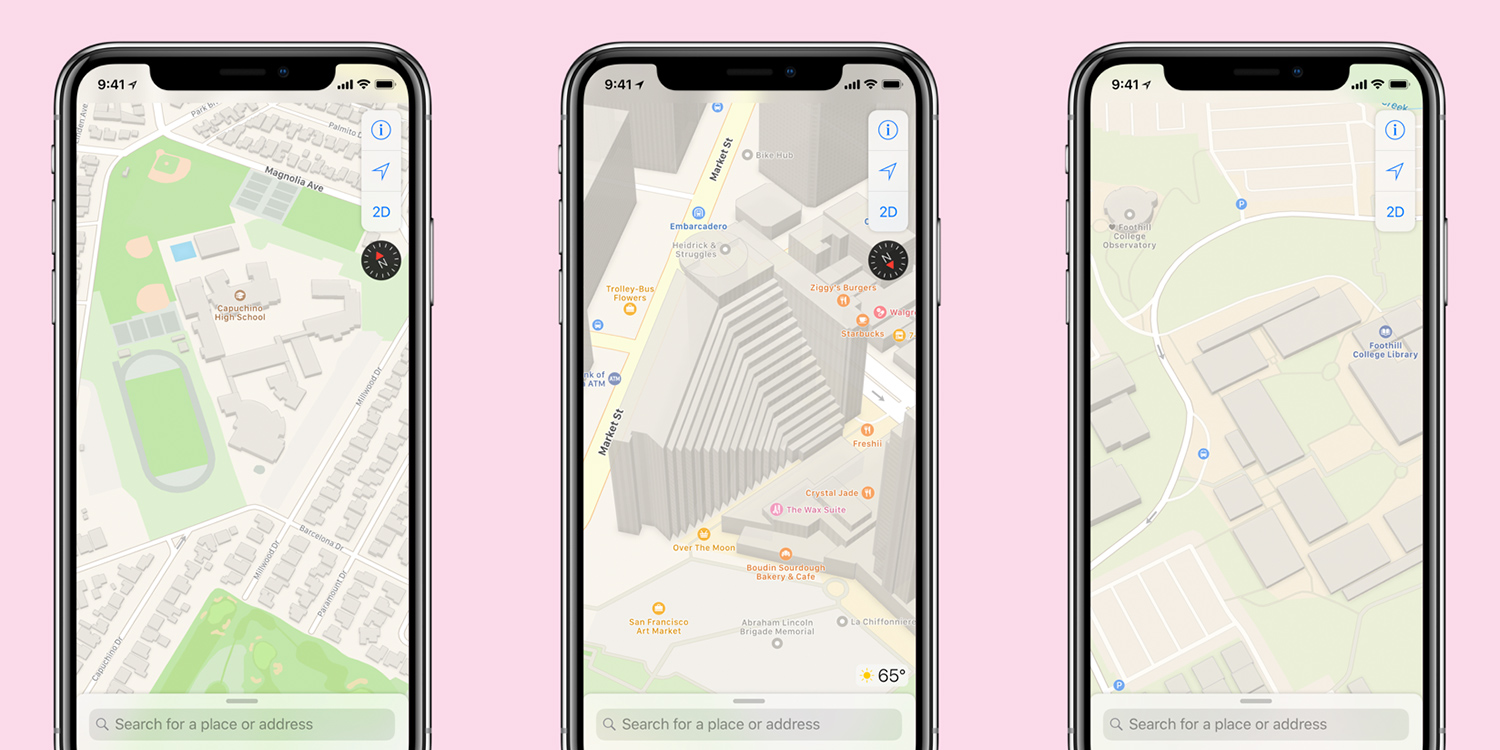It’s no secret that Apple’s own Maps app has struggled to keep up with Google’s since its tumultuous launch back in 2012. What has been a secret, though, is that Apple has been working hard on game-changing improvements to its map data for the last four years – and it’s almost ready to go live.
Google Maps is (in most regards) the best Maps app on iOS. It’s true now and it was definitely true when Apple Maps first came on the scene. Part of the reason for that is that Google collects all its own mapping data with the help of its infamous camera cars. It creates, owns, and manages the largest and most detailed mapping data in the world. Apple, on the other hand, uses mapping data from a combination of other sources, making it much less consistent, and less reliable in some parts of the world.
This has been a big problem for Apple. It could design the most elegant, user-friendly app in the world with boatloads of great features – but if the underlying maps aren’t perfect, it ruins the entire experience. This is what the Cupertino company has spent the last four years trying to fix, according to Apple SVP Eddy Cue, who admits to shortcomings over the years with how Apple has tackled mapping.
TechCrunch has penned a remarkably detailed dive into the future of Maps, in which Cue explains that vastly improved maps are right around the corner. Apple has been covering the globe with its own fleet of camera cars, far superior to the ones used by Google. They capture detailed “street view” panoramas alongside detailed captures of street signs, and a “point cloud” scan of every road that will help areas to be recreated accurately in three dimensions.
Perhaps the best part is that this impressive technology has been built from the ground up with privacy in mind. Unlike Google, a company that vacuums up every last nugget of personal data it can, Apple isn’t interested in where you’re going or where you’ve been. Instead, it shares tiny chunks of anonymized travel data when you use the app for directions – useless on its own, but when you have millions of iPhones in the wild donating snippets of map data all day every day, very handy for keeping traffic updates and road closures up-to-date.
Apple has also hired a massive team of human editors to work alongside a fact-checking algorithm in an attempt to eliminate as many errors from the maps as possible. Because it now owns the entire map stack and isn’t reliant on other companies’ data, it can make changes much quicker when users report inconsistencies.
These improvements won’t come with a redesign of the Maps app – it’s purely behind the scenes. But when these changes roll out near you, you should really notice the difference. The California Bay area will notice the new mapping data first, when iOS 12 rolls out in September. After that, it will be gradually rolled out across the US and then internationally.


